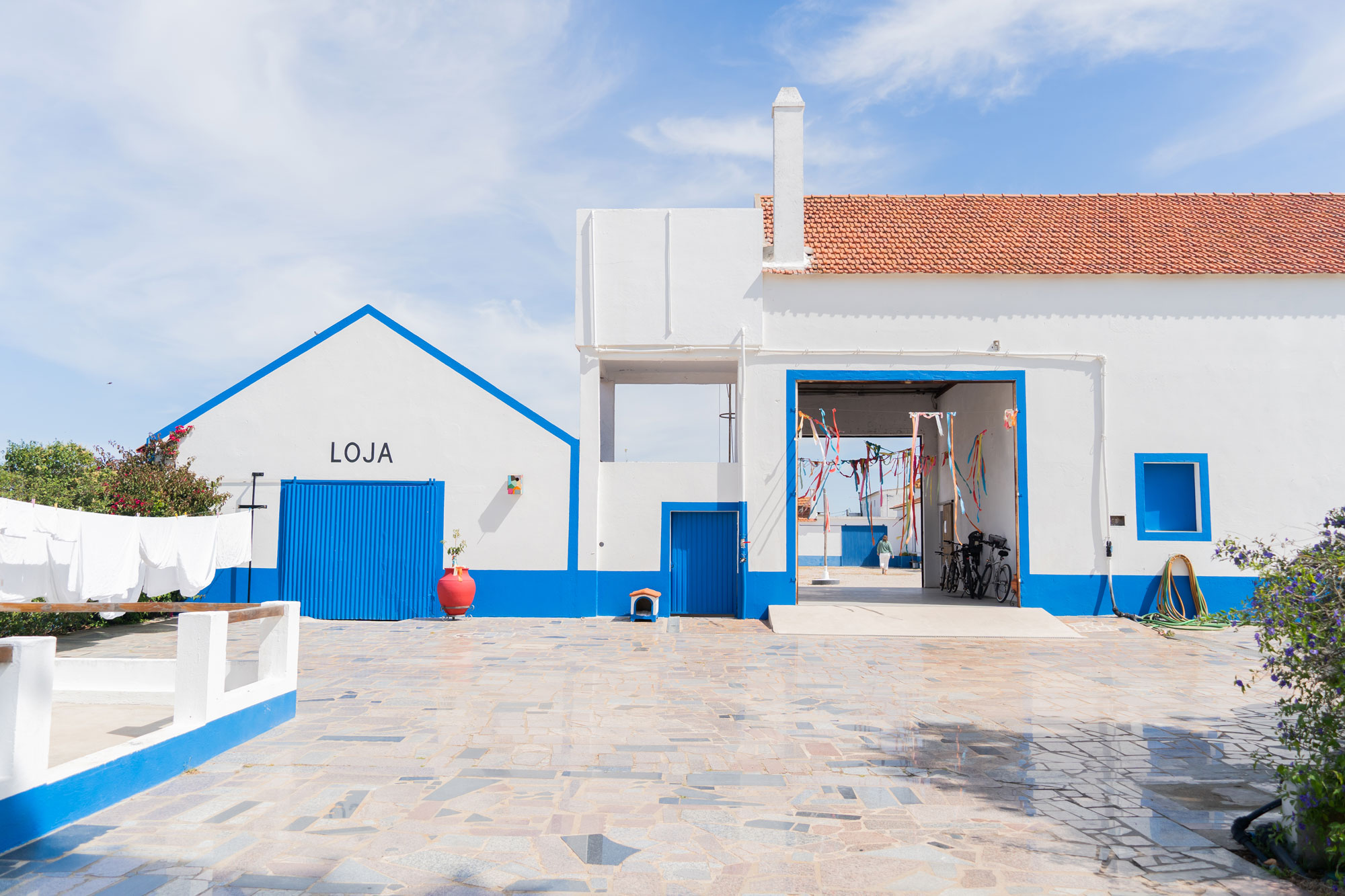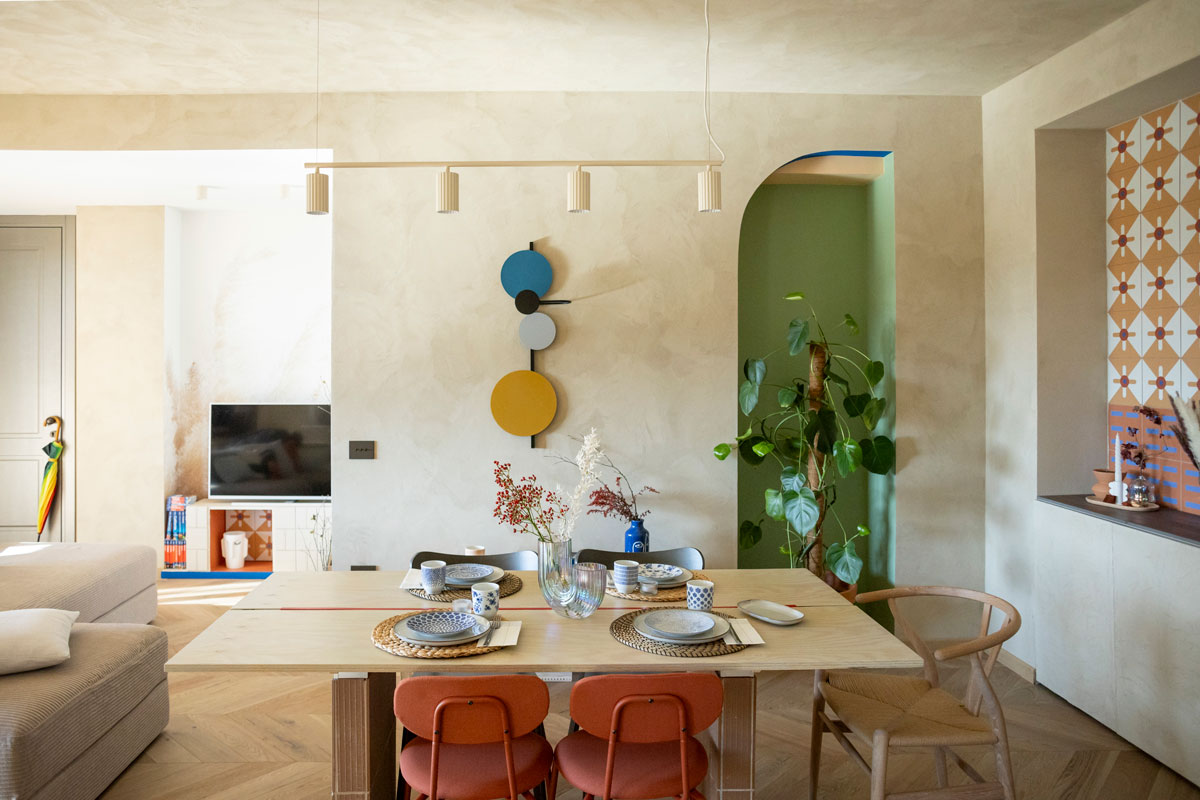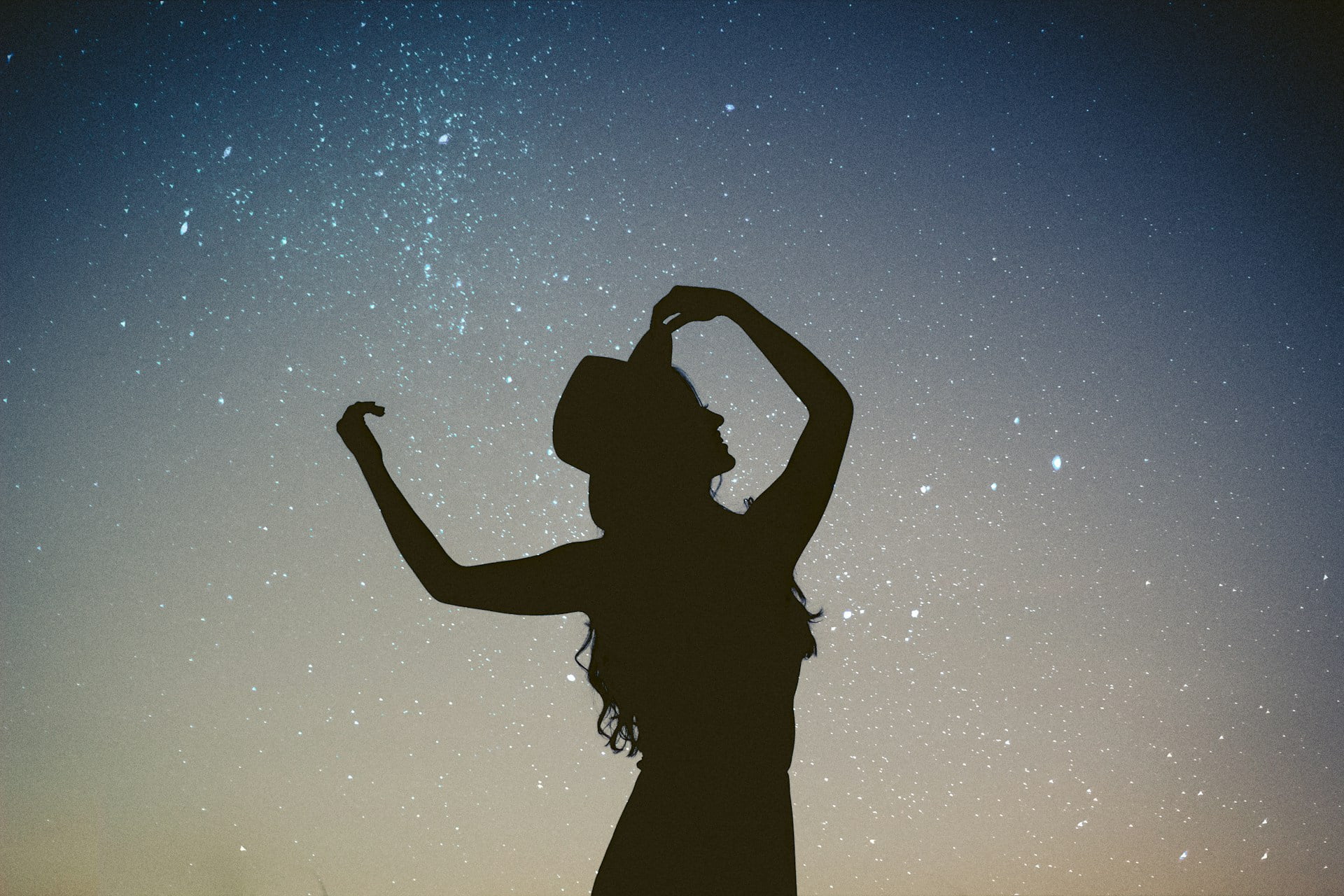Blue is cool again and Africa has a say about the indigo color trend:
Learn more about the beautiful Indigo cloths from West Africa in this article.
Blue and indigo are trending again as colors for interiors, have you noticed it? No surprise since last December – confirmed by recurring color trend forecasts – Pantone has announced Classic Blue as color of the year 2020.
[symple_divider style=”dashed” margin_top=”20″ margin_bottom=”20″]
Learn more :
- Color of the Month: January Blues
- New Trendbook: Color Trends 2020/2021
- Cool Color Trends for 2021 starting from Pantone 2020
[symple_divider style=”dashed” margin_top=”20″ margin_bottom=”20″]
I am thrilled – Blue is one of my favorite colors – and also proud because Africa has a say about it, proving again to be an endless source of inspiration for international décor trends. Did you know that West Africa has, in fact, a long and consolidated tradition of naturally producing its own Blue – Indigo, a deep vibrant Blue that recalls peaceful evening nights – to dye beautiful, multipurpose and incredibly resistant textiles? You didn’t?
Keep reading then to get to know more about the beautiful African Indigo textiles and discover the many creative ways the indigo color trend can be incorporated in your home.


.
Indigo pigment – a bit of History
Indigo pigment is actually one of the oldest natural dye; ancient civilizations such as the Maya, the Egyptian, the Japanese and the Indian already used the blue dye derived from the Indigofera Tinctoria plants to dye their clothes. When it started to get exported in trade routes around 300 BC, the Greek named it indikon meaning ‘from India’; due to its’ high demand, Indigo soon became a luxury item, symbol of wealth and power, gaining the name of “blue gold” for its strong value as trading commodity.
There is not consensus about when Indigo arrived in Africa, but at some point around the Fourteenth century, in the village of Kano, in northern Nigeria, many dyeing pits appeared, most of which are still visible and in use. Since then and for centuries, from the Tuareg nomads of the Sahara to the grassland kingdoms of Cameroon, Indigo has been the foundation of a rich and varied textile tradition that still persists today.
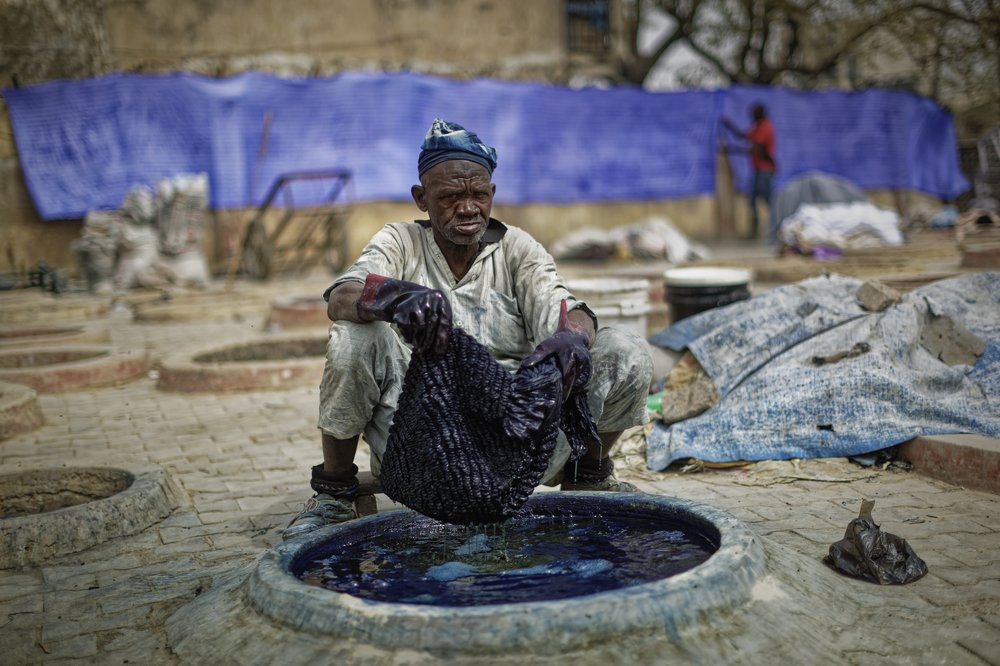

4A + 4B Ancient Indigo dyeing pits in Kano, Nigeria; Tuareg people (legendary blue men of the Sahara desert) typically wear indigo-dyed scarves
.
West African Indigo textiles: a fully natural and hand made process
West Africa is actually one of the few world areas where the Indigo dyeing has remained a fully natural and hand made process, while mostly everywhere else such an ancient technique has been replaced by chemical dyes and mechanical procedures.
The dyeing process is long and articulated: leaves and seeds of the Indigo plants are at first boiled, then brewed. Fabrics – strong quality hand woven cotton cloths – are then dipped into the dye and lifted into the air where, for a chemical reaction, they gradually turn blue; in most cases, many soaks are necessary to attain the intense hue of Indigo. Several dye resist techniques are applied before the soaking, such as tie dye, stitched and folded resist, wax batik, and starch resist, resulting in a variety of beautiful patterns.
Look yourself how stunning the final products are!

05. Indigo cloths are available in so many beautiful patterns
.
Indico Color Trend : Indigo textiles in your interiors
There is a variety of creative and original ways to incorporate the Indigo color trend in your house. Many patterns are available as said– stripes and fish bones are my favorite – to match perfectly with almost any kind of interior decor style.
Besides being beautiful, Indigo textiles are also very practical since there is no dye release, so you can wash and dry them frequently (use gentle care programs though, to avoid a gradual color fading)
.
To decorate your bedroom, foe example, a large Indigo cloth can be easily turned into a bed throw to be matched with two or more pillows:

06. Bed throw + matching pillows: a classic option, you just can’t go wrong with it
.
Or, also, a single big Indigo cloth can also become an alternative and original headboard:

07. A cool fancy way to use a large Indigo cloth in your bedroom
.
To incorporate the Indigo color trend in your living room, you just can’t go wrong with a couple or more of pillow covers:
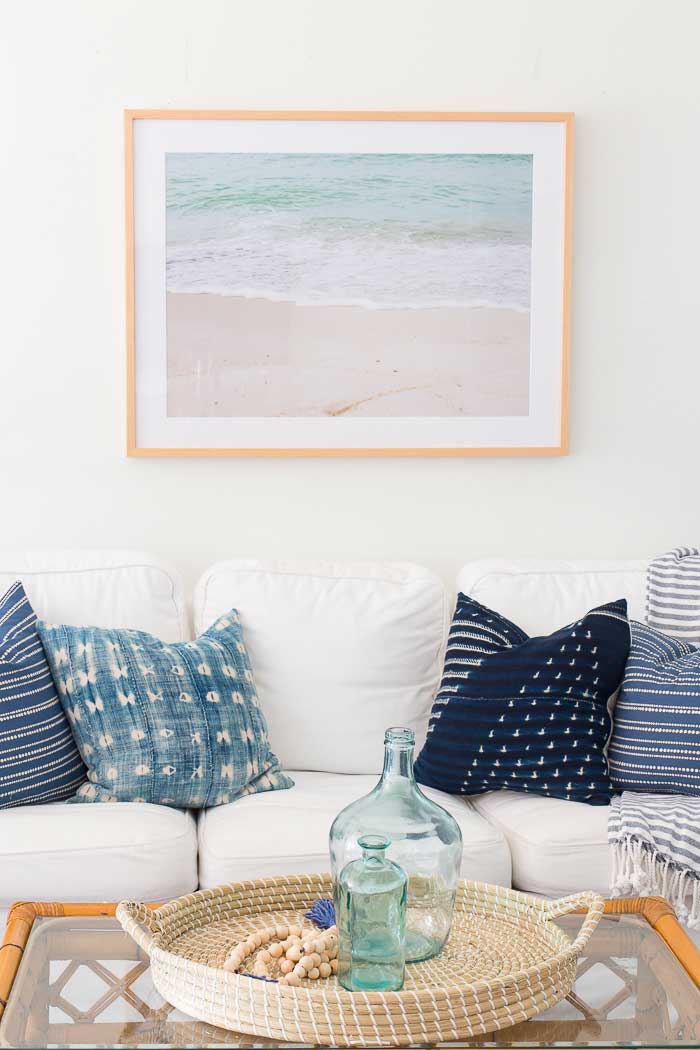
08. Pillows., pillows, pillows: you can mix and match them, the result will always be nice
.
For the excellent quality of the cotton used, Indigo cloths make also excellent upholstery:


09. A perfect way to personalize a footrest…10 ….Or to revive an old ottoman
.
Note: have a look at this alternative wall cover, textured and non vowed, for an original African Indigo total look effect:

11. Indigo cloth inspired wallpaper: an original and creative solution
Being fully naturally hand made, African Indigo textiles are truly one-of-a-kind, so natural discoloration, patching, and spotting are all part of the textile’s charm and can add a unique touch of vintage ethnic style to your interiors.
Now tell me, have you fallen for African Indigo too?
[symple_divider style=”dashed” margin_top=”20″ margin_bottom=”20″]
Be inspired by African decor:
- COLOR TRENDS | 3 ways to play with African color palettes
- Discovering the beauty of African Kuba textiles
- The must have decors for an African inspired house


